Supercharged Science Review
I've had the opportunity to receive the
from
We received a 6 month membership- K-12 with full access to the site as part of the Homeschool Review Crew.
What is Supercharged Science?
An online science curriculum full of over 900 activities, experiments and projects for grades Pre K to 12th grade. This includes 1000's of lesson plan pages, quizzes, exercises and reading information. Videos to enhance their studies and they can also be used to help give them step by step instructions on how to perform the experiments throughout the website. Under each lesson she gives the children an opportunity to leave comments with questions if they have any regarding the subject they are studying and she answers each and every question asked throughout the website so you have a wonderful resource at your fingertips.
How to Begin
I know when I first went onto the website, I felt a bit overwhelmed with all the information that it has to offer. She suggests starting at the "Getting Started" tab and watching the videos she has that helps explain the layout of the site, which is full of detailed information that will help you get started.
The 9 Master Steps she talks about in one of her introduction videos was a wonderful resource to give a better understanding on how the lessons/programs are set up for learning and to achieve the best results
Unit Description
An overview about what the unit is about. Broken into lessons. Each unit can last between 1-3 weeks depending on how much you do.
Outcomes/Goals
This is what you want them to learn. Each unit covers one key scientific principle.
Objectives/Highlights
Key topic and concept, breaking into chunks. Key concepts are most of the time too big to teach at once. Breaking them down into logical order to help students understand.
Introduction
How the material is presented to the student. How to get students interested in the subjects. This section is all prepared for you. Just open and begin.
Development
This stirs interest to get students ready to learn. Discussions, questions, for each unit. All in tele-class recordings.
Practice
Where you bring key concepts to life. Bulk of the science lessons are doing the experiments/activities, which causes the student to get interested in the subject using a hands on approach. Each experiment has step by step videos.
Further Study
Where they answer questions and get momentum. As they start thinking about "How does this work?", this creates the perfect time to bring out the textbook reading to help them answer questions they have from the experiments they did earlier.
Evaluation
Printing out exercises and having them complete them will give you a better understanding on what they are learning and if they need anymore reinforcement of the lesson.
Closure
This is a great time to submit feedback, photos, and discussion in the comments section of the lesson you are working on.
The website is set up in two different ways. By grade level as you see above and by topic as you see below.
Just find the grade or topic as indicated, click on the unit number or grade level and that will take you to the next page. For grade level you will see a page like below.

Even though my son is currently in 6th grade, we chose to focus on the Astronomy section found in the fifth grade section since he has a passion for this subject. Before we dove into a specific subject though, we found it easier to try some of her experiments in the Getting Started section of her website.
We chose two from there as you can see below in the videos I have added below.

Even though my son is currently in 6th grade, we chose to focus on the Astronomy section found in the fifth grade section since he has a passion for this subject. Before we dove into a specific subject though, we found it easier to try some of her experiments in the Getting Started section of her website.
We chose two from there as you can see below in the videos I have added below.
This one above is in regards to the Plasma Grape. Creating the fourth state of matter using food. Between this microwavable experiment and the one below, I hooked my 12 year old son to wanting to learn more from the website.
Here is one of the grapes we microwaved. He loved this so much we did it several times.
The second experiment was microwaving soap. Learning about microwave radiation by using a bar of ivory soap.
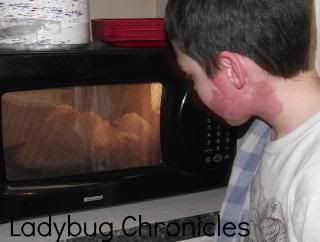
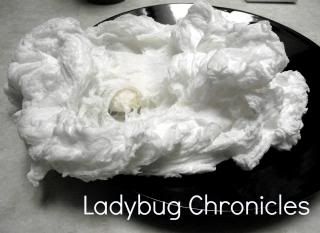
We did this experiment three times. One with a full bar of soap, the next one with a half bar and the third with 1/3 of a bar of soap. Looking to see if the mass would be larger or smaller if the bar was larger or smaller.
After we worked on the getting started projects we dove into the Astronomy section.
I allowed my son to guide what we did to keep his interest in the subject content. One day we would watch a video and then read up on it. The next day would be an experiment. We both learned so much.
Some of the experiments we worked on:
Magnetic Tornado
Eclipses and Transits
Sky in a Jar
Planetarium and Star Show
Retrograde Motion
Solar System Treasure Hunt
Watch Your Weight
Moons of Jupiter
Alongside these experiments they were accompanied by reading, and questions to reinforce what they've learned.
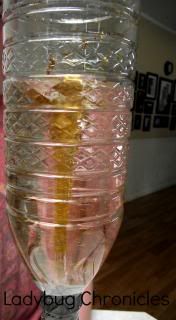
Here is a photo of my son's Magnetic Tornado. We added gold glitter to emphasize the tornado.. It was cool!
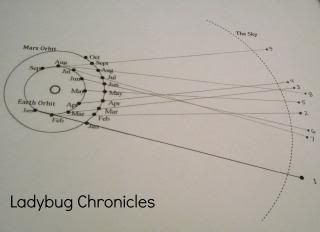
A diagram of the Retrograde Motion of Mars.
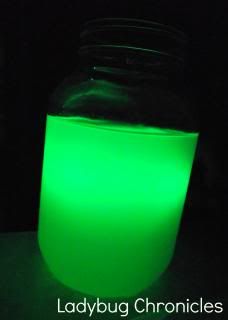
Both photos above and below are part of the Sky in a Jar experiment. My son really liked this one.
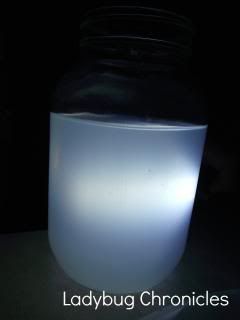
Alongside the experiments I had my son watch some of the videos that were available. Some of them include:
Does It Rain on the Sun?
Flying Over the Earth at Night
What are Aurorae?
Nasa's Deep Impact Mission
Galileo Probe Mission to Jupiter
Space Station Tour
We still have so much information to cover and look forward to continuing. My son is soaking up everything we do and learning so much with the videos and experiments. They are bringing everything to life for him. We own a telescope and frequently bring it out in the warmer months to find planets in the sky. We've visited a Planetarium when we visited Arizona and saw the sun in a telescope. Our local Astronomy Club sets up once a month for the public to use their very large telescopes to view galaxies and star clusters so my son and I love gathering and learning as much as we can on the subject of Astronomy so this review was a blessing to us both.
We also look forward to checking out some of the other subjects that Supercharged Science has to offer. There is so much to learn.
Don't miss Supercharged Science Free Copy of the Science Activity Video Series and Guidebook.
Like what you see? e-Science is giving one month access to their site for just $1.00. You can check out this homeschool curriculum for this low price for one month now.
If you enjoy what you see and want to subscribe. The pricing for web access is
$37.00 per month for grades K-8
$57.00 per month for grades K-12
This program is available for grades K-12.
If you enjoy what you see and want to subscribe. The pricing for web access is
$37.00 per month for grades K-8
$57.00 per month for grades K-12
This program is available for grades K-12.
If you are looking for more information about Supercharged Science E-Science Premium Membership, you can check out other crew members reviews of this product in the banner below. Just click it and it will take you to a list of others that have had the opportunity to use this product in their homes.

Check out this Company on the following Websites:


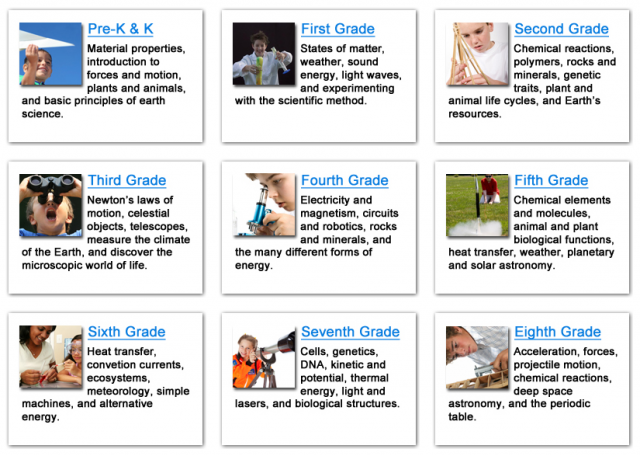
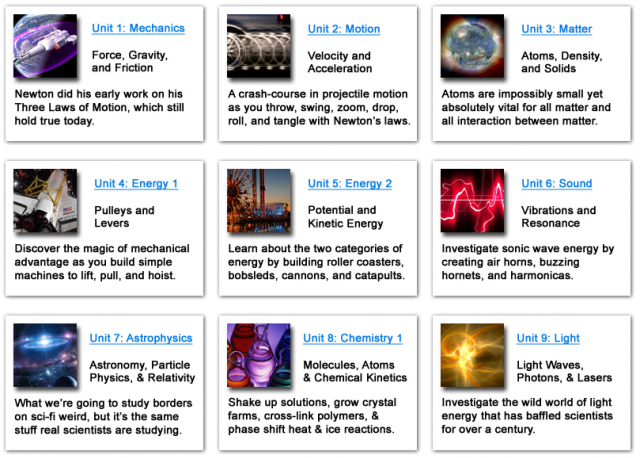
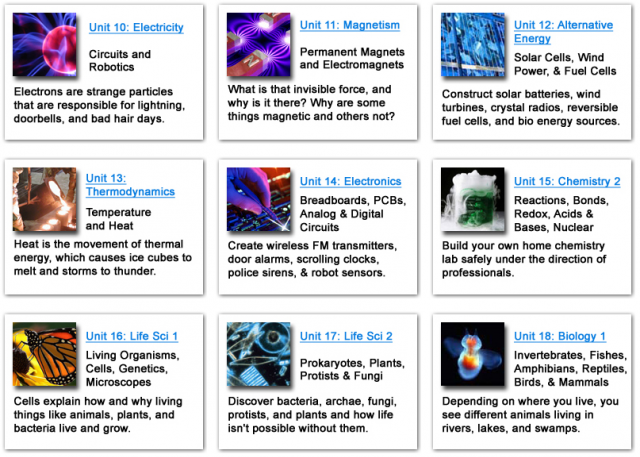
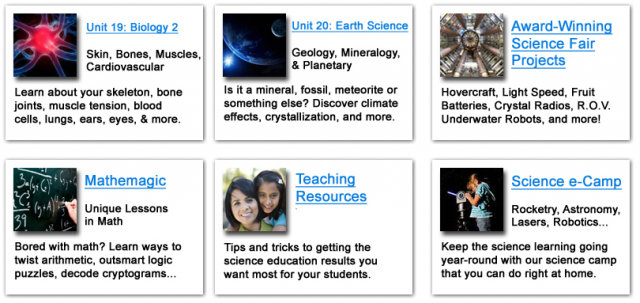
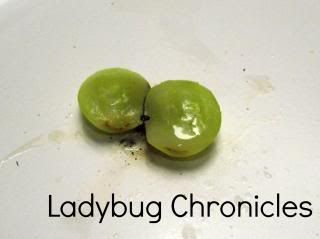

Comments
Post a Comment
Thanks for taking the time to leave a commment. I love hearing from you. Many blessings to you!